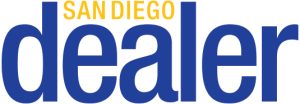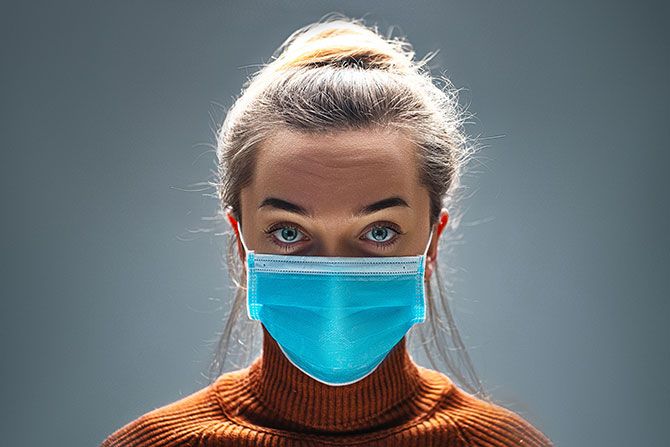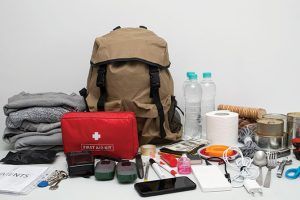California public health officials just issued updated COVID‑19 isolation guidance that, at first blush, seems to smooth the way for simpler workplace compliance obligations. But the Department of Public Health’s (CDPH) guidance, released March 3 and clarified through a series of FAQs updated, doesn’t completely change the way you should implement the new Cal/OSHA non-emergency COVID‑19 regulation at your workplace. While the first change that eliminates the testing requirement for those returning to work after five days will apply to your workplace, a second change related to potential shorter mask-wearing for such individuals will not impact the Cal/OSHA rules — for now. What do you need to know about the changes and what should you do?
The Details and Timing
By now, California employers are likely used to the ongoing saga of changing COVID-19 guidance issued by the state and how it impacts their operations. The most recent significant news of note occurred last month when the new Cal/OSHA COVID-19 regulation was approved and officially took effect.
The rollercoaster continued on March 3 when CDPH issued a new updated Guidance on Isolation and Quarantine and a related updated State Public Health Officer Order. These new changes and documents went into effect on March 13.
Employers had hoped that the February COVID-19 regulation would put an end to the constant shifts in the guidance they have endured the past three years. After all, unlike the ETS of years past, the non-emergency regulation is in effect until 2025.
But there’s mixed news with this latest guidance. In an attempt to stay current with guidance, some — but not all — of the provisions of the non-emergency standard are written automatically to align with whatever the current CDPH guidance is at the time. Unfortunately, that automatic alignment only applies to one of the two changes announced by CDPH on March 3.
What’s Changing? And Does it Apply to Workplaces?
The updated CDPH guidance makes two changes to isolation requirements for individuals with COVID-19:
1. No More Testing Requirement at Day 5 for COVID‑19 Cases
First, the CDPH guidance now eliminates the testing obligation that previously required a COVID-19 to test negative on Day 5 in order to leave isolation. The new guidance is now in line with federal CDC recommendations and provides that isolation can end after Day 5 if:
- Symptoms are not present, or are mild and improving; AND
- The individual is fever-free for 24 hours (without the use of fever-reducing medication).
Because this change is reflected as a change to the definition of “infectious period,” it automatically applies to the workplaces and the new Cal/OSHA non-emergency COVID-19 regulation. That’s because the new regulation definition of “infectious period” states that it applies “unless otherwise defined by CDPH regulation or order, in which case the CDPH definition shall apply.” Therefore, the new definition automatically applies to the Cal/OSHA regulation without any additional action necessary.
The bottom line for employers is that if you have an employee who is excluded from work as a COVID-19 case, they now may return after Day 5 without a negative test as long as they are symptom-free (or any symptoms are mild and improving) and they are fever-free for 24 hours.
2. Reduced Masking with Two Sequential Negative Tests
The second major change made by the updated guidance relates to face-covering requirements for COVID-19 cases. Under the previous guidance, those returning from COVID-19 isolation had to wear face coverings around others for 10 days. However, CDPH now says that they may remove their mask sooner than Day 10 after ending isolation if they have two sequential negative tests at least one day apart. (Close contacts must still wear face coverings for 10 days.)
However, this change will not automatically apply to workplaces as they comply with the Cal/OSHA non-emergency COVID-19 regulation. That’s because the 10-day face-covering requirement is specifically written into the Cal/OSHA regulation without qualifying language that it will change with any changes made by CDPH. It would only apply to workplaces if it is formally amended by the Cal/OSHA Standards Board or the Governor takes some other form of extraordinary action.
Cal/OSHA confirmed this with updates to their FAQs issued on March 13. Table 1 of the exclusion requirements for COVID-19 cases maintains the 10-day face-covering requirement with no reference to the CDPH guidance permitting reduced masking with two sequential negative tests. Therefore, employers should continue to require COVID-19 cases that return to the workplace to wear face coverings for a full 10 days until further notice.
Next Steps
Effective March 13, California employers can allow COVID-19 cases to return to work after Day 5 without a negative test as long as they are symptom-free (or any symptoms are mild and improving) and they are fever-free for 24 hours. However, despite other changes to the CDPH guidance, California employers should continue to require such employees to wear masks for a full 10 days (until further notice).
Are You in Compliance?
If you feel behind, don’t worry — Fisher Phillips can help. Fisher Phillips has prepared a completely new compliance packet for this new regulation, which includes everything you need to implement and comply with the new standard — including sample written IIPP procedures, template notices and other documentation, and training materials.
If you are a current firm client, please contact your Fisher Phillips attorney to purchase the compliance packet. If you are not a firm client, you can email your purchase request to CalOSHAPackets@fisherphillips.com.
Conclusion
Make sure you are subscribed to Fisher Phillips’ Insight System to get the most up-to-date information. Fisher Phillips continues to monitor the rapidly developing COVID-19 situation and will provide updates as appropriate. If you have further questions on how to comply, contact your Fisher Phillips attorney, the authors of this Insight, or any attorney in any one of our six California offices.
The Fisher Phillips Automotive Dealership Team has represented automobile and other vehicle dealers and dealer groups nationwide for over half a century. When you call us for advice, you instantly tap into decades of experience dealing with your industry and the resources of a firm exclusively devoted to labor and employment law. Our long and close association with the retail automobile industry uniquely positions us to help you solve your employee problems with minimal disruption. Call us today at 858.597.9600.








